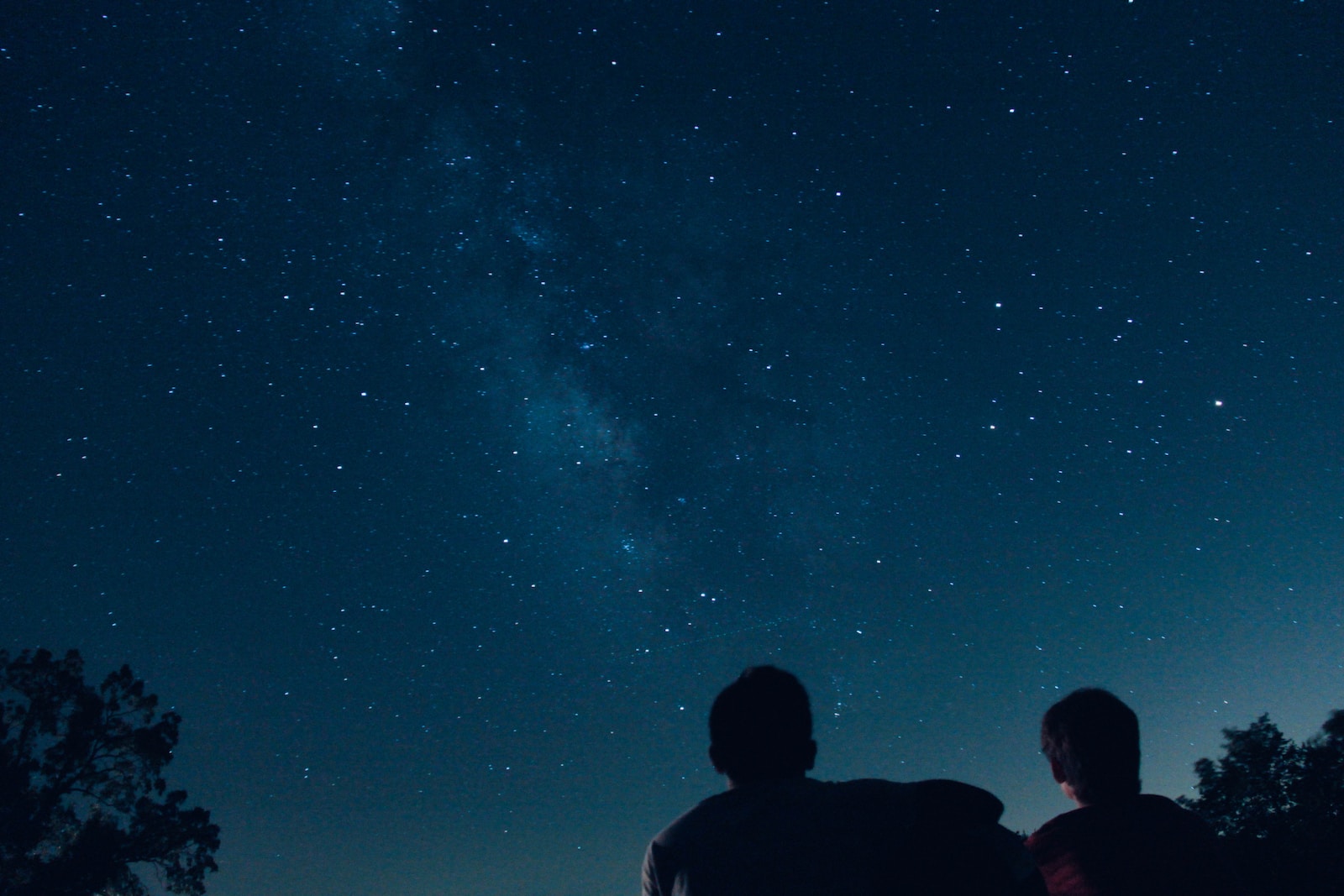Table of Contents
ToggleIntroduction:
Are you looking for a unique way to spend your summer or fall evenings? Consider visiting a national park for a stargazing festival or “star party.” Light pollution obscures the views of the stars and planets, making it more challenging for people to marvel at them in the dark skies. However, several national parks have become popular dark-sky havens and are hosting stargazing events for people who want to marvel at the cosmic views this summer and fall.
The Drawbacks of Light Pollution:
Light pollution from big cities and metro areas can make it challenging to enjoy the night sky. It obscures the views of the stars and planets, making it difficult for people to marvel at them in the dark skies. By reducing artificial light, we can continue to enjoy stargazing and the wonders of the night sky.
Dark-Sky Sites Designated by the International Dark-Sky Association:
Several national parks have been designated as dark-sky sites by the International Dark-Sky Association. This designation means that they have exceptionally high-quality night conditions to see the stars without the glare from nearby cities. The International Dark-Sky Association is a nonprofit group in Tucson, Arizona, that supports the protection of optimal sky-viewing conditions.
Stargazing Events at National Parks:
Several national parks are organizing stargazing festivals or “star parties” that can help visitors enjoy the pristine glittering skies this summer and fall. Here are some stargazing events that several national parks are hosting this year. Most are free with park admission.
Grand Canyon National Park’s “Star Party”:
Grand Canyon National Park has recently launched its 33rd annual “Star Party,” which started on Saturday and will run through this week. The park recommends that the best viewing time is after 9 p.m. Guests can enjoy constellation tours, lectures by park rangers and NASA scientists, and photography workshops.
Bryce Canyon National Park’s Astronomy Festival:
Bryce Canyon National Park’s annual astronomy festival will take place from Wednesday to Saturday, featuring day and evening events. Daytime activities will include activity tents and solar telescopes, while evening events will include stargazing sessions and access to a telescope-viewing site each night of the festival.
Badlands National Park’s Astronomy Festival:
Badlands National Park will partner with NASA’s South Dakota Space Grant Consortium to co-sponsor its 2023 Badlands Astronomy Festival from July 14 to July 16. The festival will gather space science experts, amateur astronomers, educators, and visitors for a variety of activities, including a scale-model solar system tour and opportunities to view flares and sunspots with solar telescopes. There will also be special guest speakers and equipment demonstrations.
Shenandoah National Park’s Night Sky Festival:
Shenandoah National Park will present its 2023 Night Sky Festival from Aug. 11 to Aug. 13. In addition to stargazing, there will be discussions by park rangers and expert presentations on topics such as space weather, space travel, and the future of space.
Great Basin National Park’s Astronomy Festival:
Great Basin National Park’s astronomy festival will take place from Sept. 14 to Sept. 16. The festival will feature guest speakers, photo workshops, and tours of the bulb-shaped Great Basin Observatory, which the park said is “the first ever research-grade observatory in a U.S. national park.” There is no significant man-made light for 70 miles in all directions of the observatory, making it an ideal spot for stargazing.
Joshua Tree National Park’s Night Sky Festival:
Joshua Tree National Park’s Night Sky Festival will be held on Oct. 13 and 14. The festival will coincide with an annular solar eclipse that will span the skies from Oregon to Texas on Oct. 14. To view the eclipsed sun, park officials recommend using special-purpose solar filters. The park rangers have replaced all of the park’s outdoor lights with lighting that helps to preserve dark-sky conditions, making it an excellent spot for stargazing.
Conclusion:
Visiting national parks hosting stargazing events is a unique way to enjoy the pristine glittering skies this summer and fall. So, pack your bags, grab your telescope, and escape the light pollution of big cities and metro areas to celebrate cosmic views at designated dark-sky sites in national parks.








2 thoughts on “National Parks Host Stargazing Festivals to Celebrate Cosmic Views”
Pingback: See Two Summer Meteor Showers Light Up the Night: Stargazing!
Pingback: Ancestral Footprints: The Grand Canyon's New National Monument